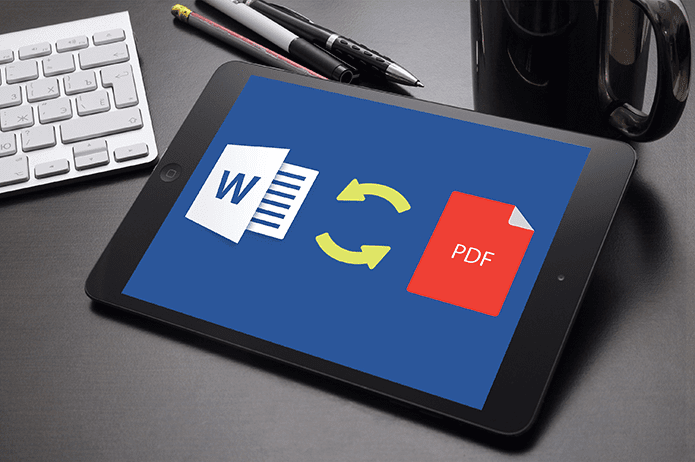Here are a few tips on how to do just that.
Avoid Jailbroken Apps and Devices
On Your iOS Device
If you love your iOS device and want it to be your main one, then you must surely have heard of Jailbreak. Jailbreaking your iOS device allows you to install and run apps that are not sanctioned by Apple and that in some cases bring along functionalities that iOS devices are not capable of performing by default. The huge problem security-wise with jailbreaking your iOS device, though, is that if you are not that tech-savvy, you risk installing an unauthorized app that might acquire sensitive information without your permission.
On Your Mac
In the case of your Mac, to shield it in the best way possible against third party applications that might contain a virus or malware (it is very rare on a Mac, but it is possible), head to the Preferences panel and on the General tab, under Allow applications downloaded from:, click on either Mac App Store and identified developers or Mac App Store. This will limit the number of sources where you can download third party applications from to only those who have been given the go from Apple itself.
Lock Access to Your Devices With a Password
On Your iOS Device
In past entries, we have shown you how to set up a passcode for your iOS device. However, even if you have a passcode set on your device, make sure that it activates as soon as you put the screen to sleep, instead of, say, 1 hour after that. And while you are at that, you could also change your passcode for a password, which will make you iOS device much more secure.
On Your Mac
In similar fashion, make sure to set up your Mac so it requires a password to unlock right after the screen goes to sleep. You can do so by heading to System Preferences > Security & Privacy. There, under the General tab on the Require password.. field, select immediately.
Turn on FileVault for your Macintosh HD
FileVault is perhaps one of the least-known, but most helpful features packed with every Mac. What it does is to encrypt all of your data stored on your Mac’s hard drive using advanced encryption algorithms, making it impossible to access for anyone who might gain access to your Mac via malicious software and similar tools. To enable FileVault, go to System Preferences > Security & Privacy. There, look for the FileVault tab and click on the Turn On FileVault button. Important Note: When you enable FileVault, you will be given a recovery key in case you forget your password. If you forget both the recovery key and your password, then all you date on your Mac will be lost. And don’t stay just with these tips. Browse around the site and you will find many more articles that show you how to protect your information and devices from potential security threats. Safe browsing! The above article may contain affiliate links which help support Guiding Tech. However, it does not affect our editorial integrity. The content remains unbiased and authentic.

![]()
















